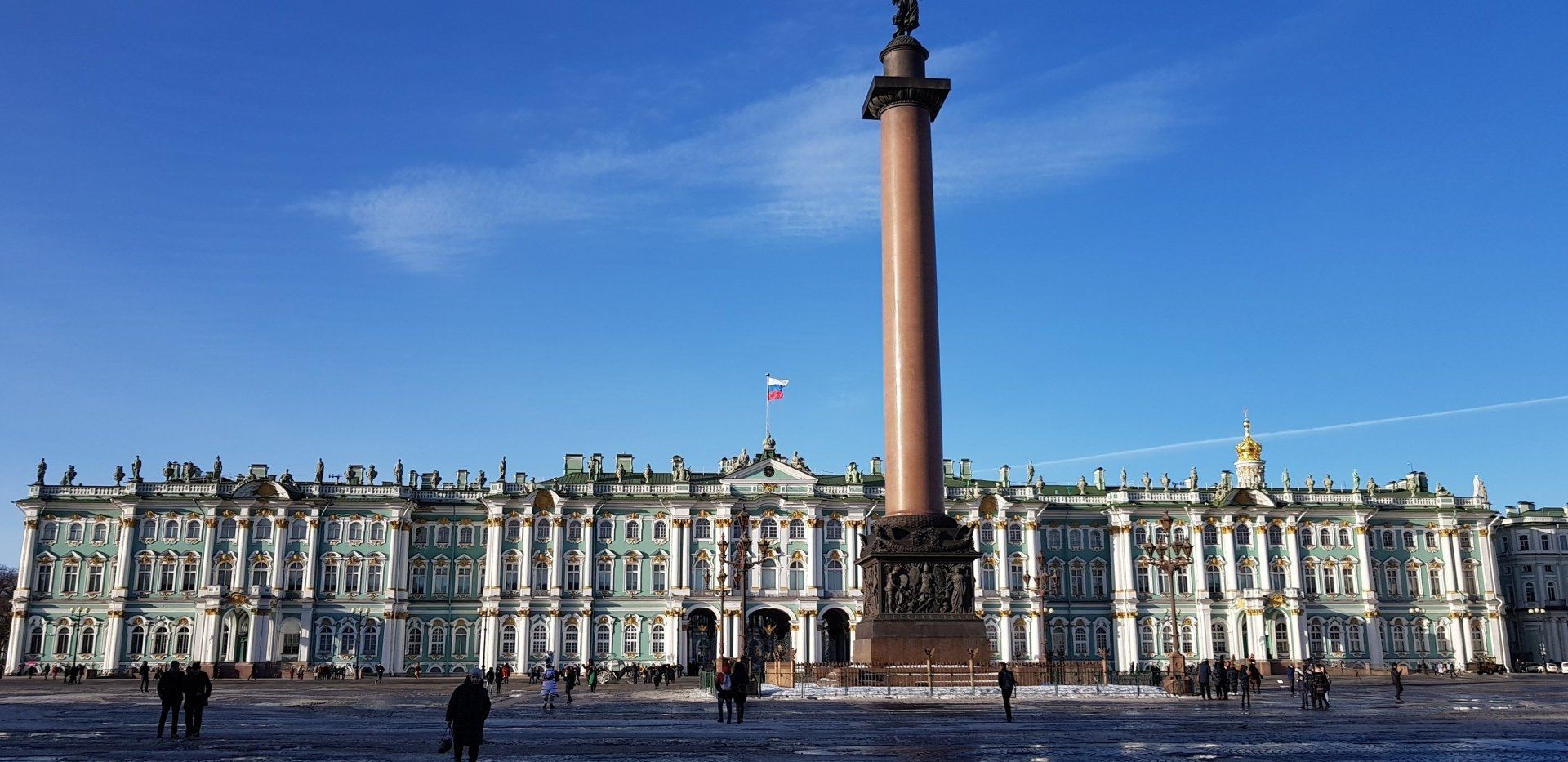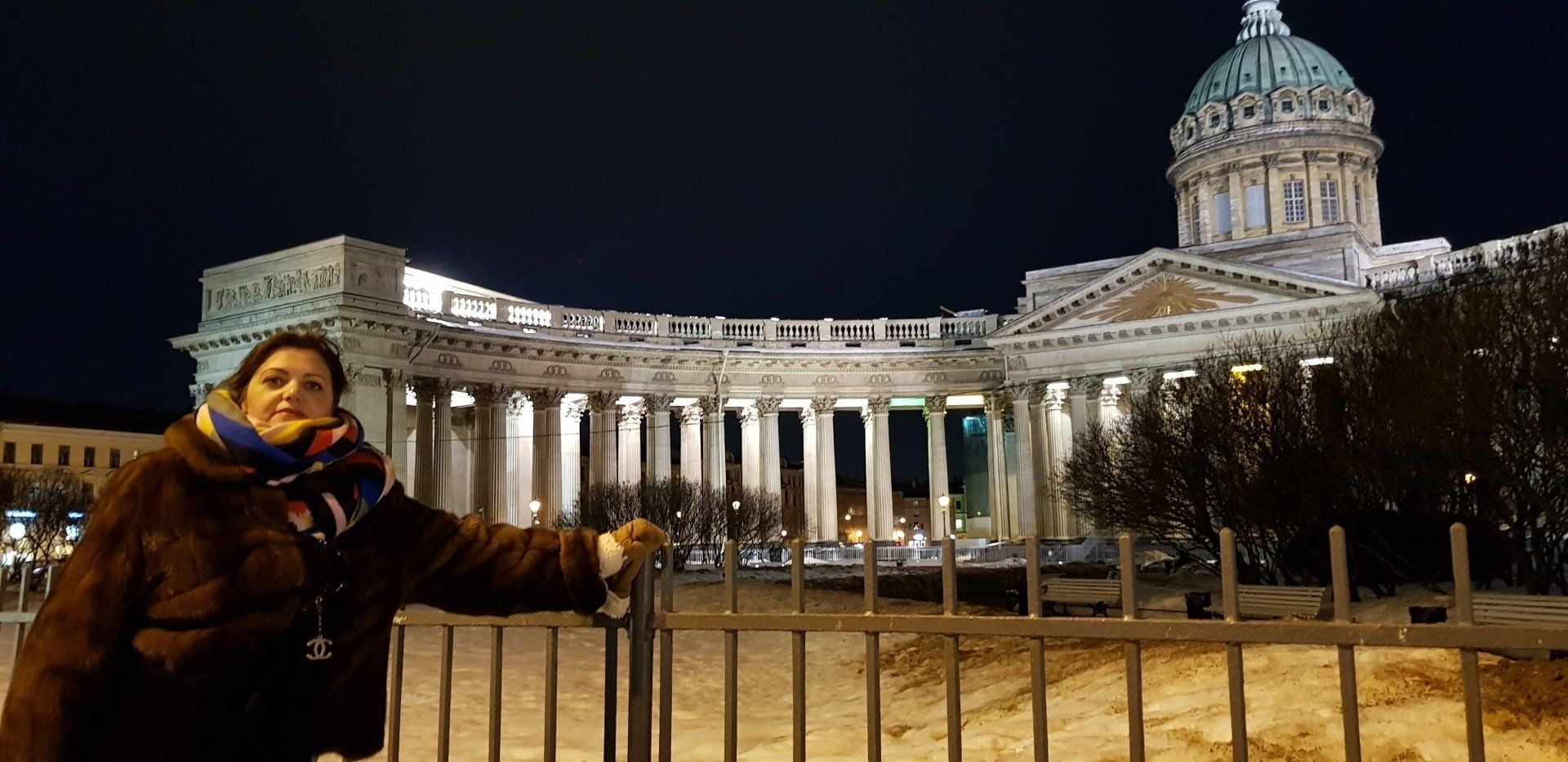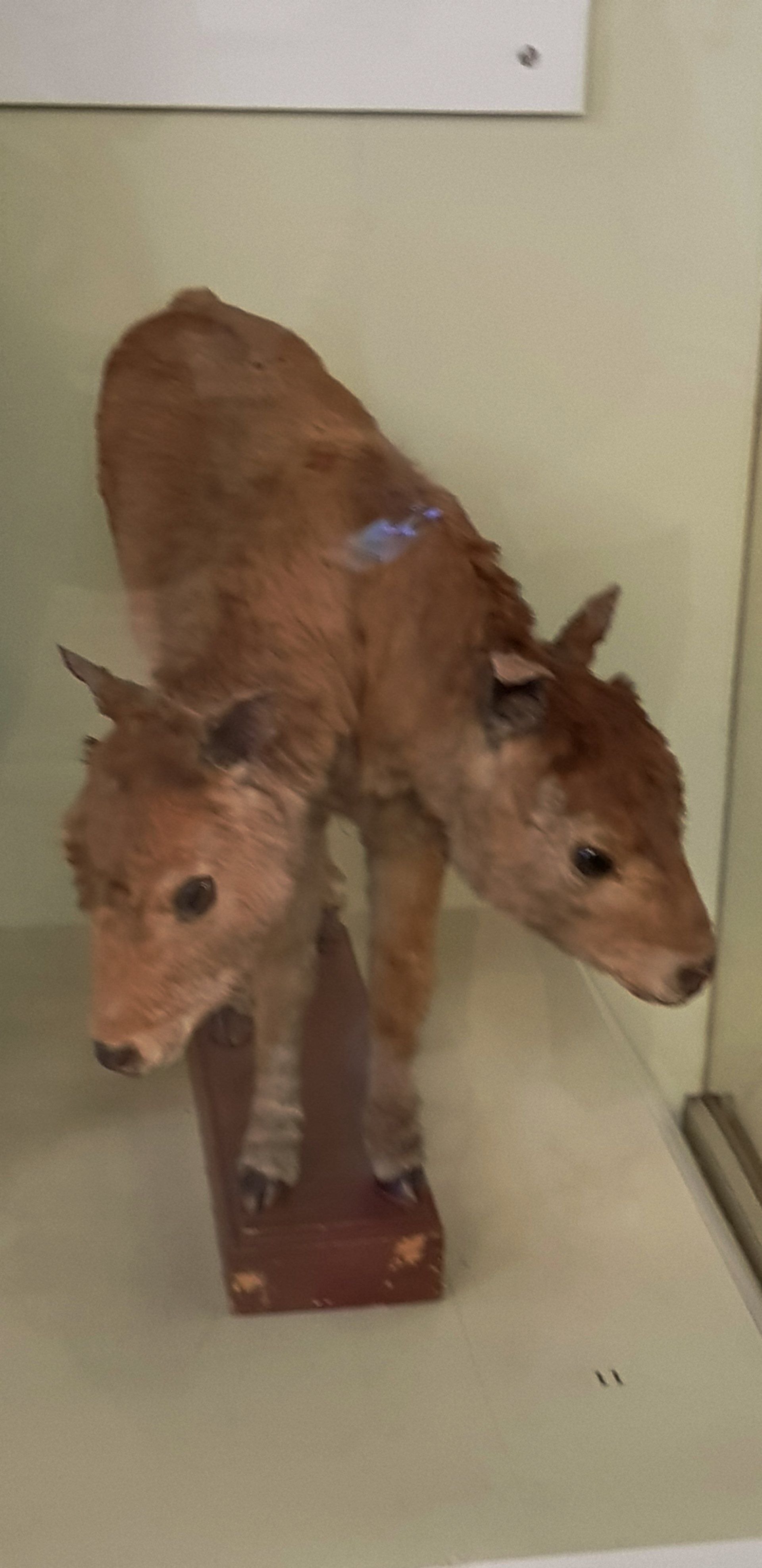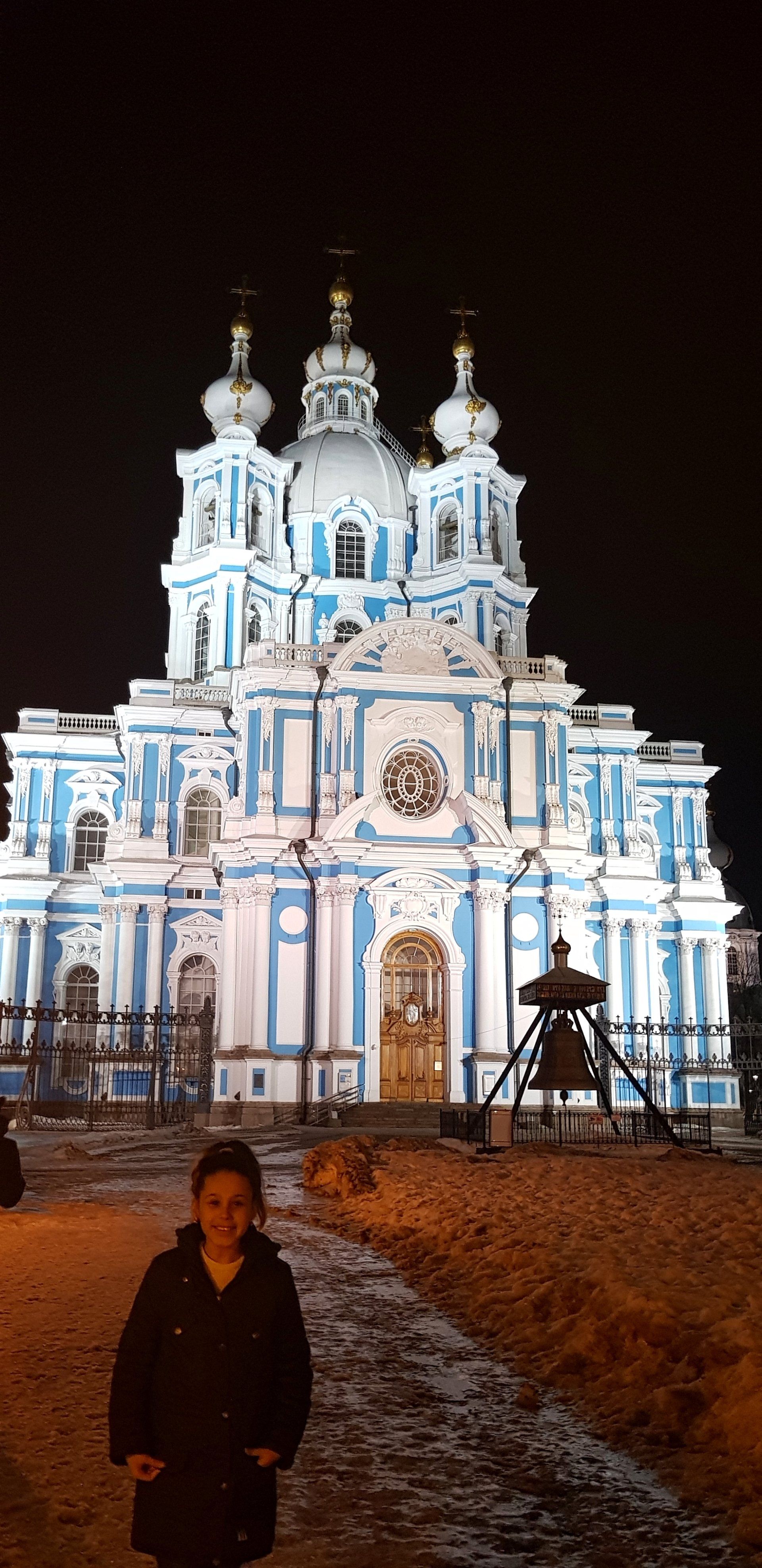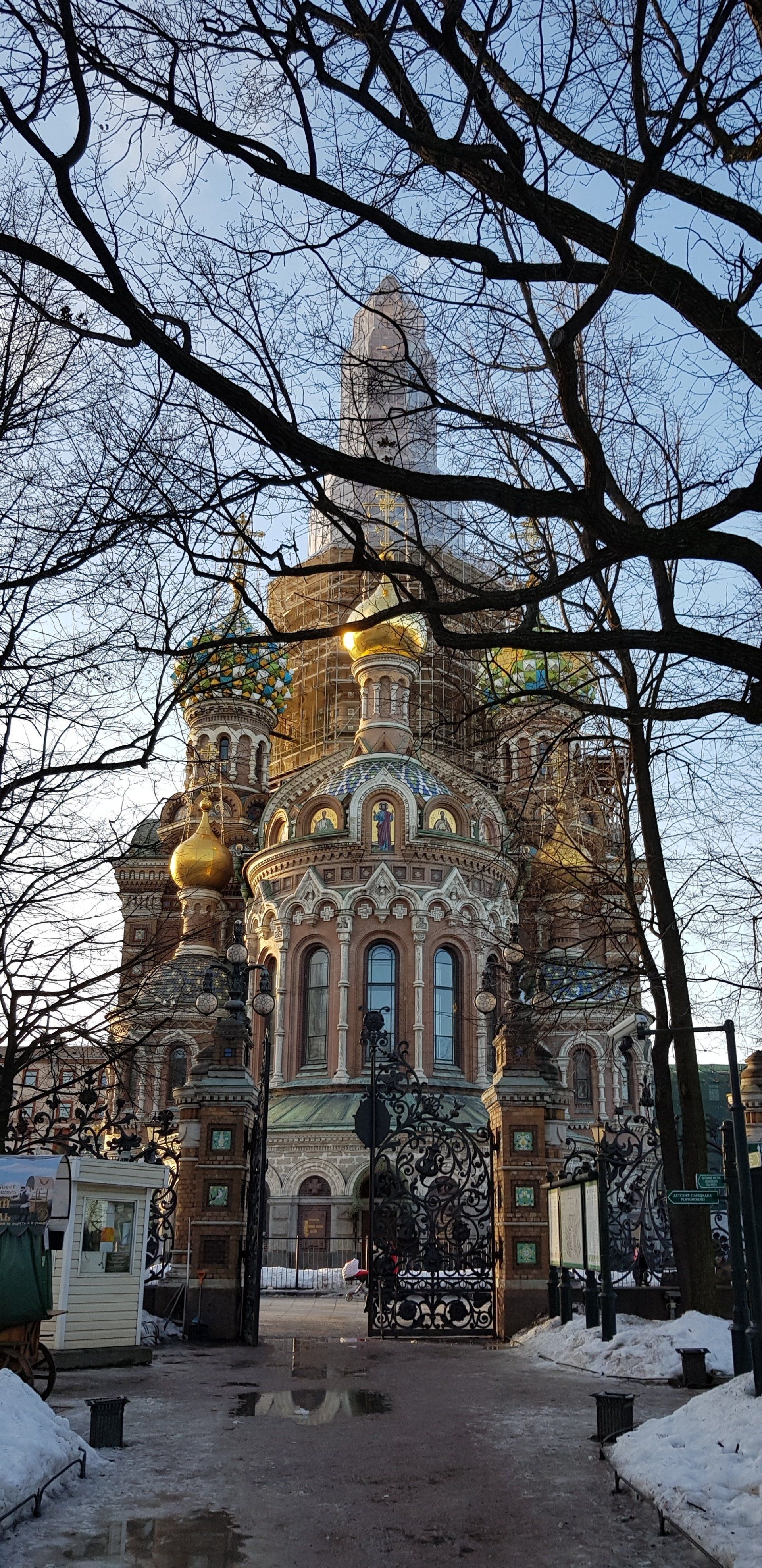Share this post
ST. PETERSBURG
If it’s your first visit to Russia or you just want to fully get into the experience I would recommend to watch one of the movies like War and Peace, Crime and Punishment or Anna Carenina. This films will set a mood and unique feeling before you visit St. Petersburg, also, you will understand this city better after having a little pick into the life before the Revolution. St. Petersburg is the cultural capital of Russia, very often called the "Venice of the North", where fog and rain are equally fond of, and where rare sunny days are welcomed. People come here to see the white nights and take a stroll in the "frozen dawn" along the embankment of the Neva River. The history of St. Petersburg begins in 1703 by by Peter the Great and was set to be the “window to Europe”, there is a myth that the city was built "on bones". The city was built forcibly and during it's built thousands of workers died. The main cause of mass deaths was the diseases associated with the adverse climate of marshy soil, and prolonged hunger. Since city was built 310 years ago, St. Petersburg has changed its name more than once. The very first foundation of the city was the name "Piterburch". The second name was "St. Petersburg". In 1914 the city received the name "Petrograd". 10 years later, after the death of Lenin, the city was renamed "Leningrad", and in 1991 the city regained the name "St. Petersburg". St. Petersburg also has a name Hero-City for it's role in Second World War. During the Second World War, while St Petersburg was still known as Leningrad, German forces surrounded the city, cutting off entry and exit points. Hitler had planned to hold a celebratory banquet at the Astoria Hotel once he conquered the city. People were starving and surviving freezing temperatures without access to water or electricity, for almost 900 days. Millions of people died. Local radio stations played the sound of a ticking metronome so that locals knew that their city’s heart was still beating. Beneath The Monument to the Heroic Defenders of Leningrad you can still hear the city’s beating heart.
Fun Fact: Contrary to popular belief, St. Petersburg was named not in honor of its founder, Peter the Great, but in honor of its patron Saint Peter.
St. Petersburg is a city with a special destiny and a unique atmosphere that will not leave you unimpressed. I was in St. Petersburg with a 10 years old, so we stick to a classic route.
This is my guide how to spend 4 days in St. Petersburg:
DAY 1
Getting your bearings around
So it’s day 1 and you’re up and out and eager to explore. The obvious thing to start getting your bearings is a free walking tour. All tours are run by locals and they can also advise on what is the best places to visit, what are the hidden and interesting gems to see and where are the best places to eat. Of course, tours not free at all, small tip always expected, I recommend leaving £10 for an adult and £5 for child, but it's totally up to you and the size of your pocket.
Have a cup of tea with a local pancakes in one of the cafes and plan a small route for further exploring.
Nevsky Prospekt
"Nevsky Prospect is the only place in St. Petersburg, where people do not come for business, but for fun, show yourself and see others. In the morning the avenue is filled with working people and serves not as an end, but only as a means. From noon on the avenue there are nannies, governors and governesses of all nationalities with their pets"- this how this street described in the classic 19th century book. Nothing has changed since then. The bustling heart of the city, Nevsky Prospekt, main and longest street in St. Petersburg. You’ll also notice plenty of shops and department stores around here. Most of the main attractions of St. Petersburg are located, if not on the Nevsky itself, then a few steps from it. Please don't just walk down the Nevsky, turn to the side streets and go over the small bridges. They hide the most beautiful building, quirky cafes and shops.
I recommend to have lunch in restaurant "F.M. Dostoevsky". Traditional Russian restaurant in the Golden Garden Boutique hotel. Solid, aristocratic atmosphere: pastel colors, crystal chandeliers, white tablecloths, candles. The menu consists mainly of Russian cuisine, recreated according to old recipes. From May 1, the restaurant has a new menu, in which each dish is a visual replica of the masterpieces of Russian avant-garde artists Kazimir Malevich and Wassily Kandinsky. This place in not cheap, but well worth to visit.
Gostiny Dvor
Gostiny Dvor is the oldest shop in St. Petersburg and an architectural monument, it is one of the symbols of the city.
The first wooden shops along the Nevskaya prospect were built in the 1740s. The decision to build a one-storey stone trading building to replace wooden buildings was made in 1748. All shops are expensive, mostly designer, but it's a beautiful building inside and out.
Kazan Cathedral
This is one of the largest cathedrals in St. Petersburg, made in the Empire style and built on Nevsky Prospect in 1801. After the War of 1812 with Napoleon, it acquired the significance of a monument to Russian military glory. The famous Russian field marshal Mikhail Kutuzov, who won the most important battle, is buried here.
Dom Knigi (Дом книги)
Dom Knigi, translate as the House of Books, you can buy wonderful historical books and photo albums with photos of St. Petersburg, this is the most atmospheric bookstore in the heart of Nevsky Prospect. This is 100 years of history, tradition. These are three floors and more than 100,000 assortment items!
DAY 2
The State Hermitage Museum
Saint Petersburg is called “the cultural capital” for a reason: the best museums of the city have gathered true masterpieces of painting, graphics, sculpture, jewellery. One of the best places to see is a The State Hermitage Museum.
In 1754 Empress Elizabeth Petrovna approved the design for a new winter residence in Baroque style by the architect Bartolommeo Francesco Rastrelli. Construction of the new palace took over eight years, covering the last years of Elizabeth's reign and the short rule of Peter III. In autumn 1763, Empress Catherine II returned to St Petersburg after her coronation in Moscow and became the royal mistress of the Winter Palace. In 1852 it was opened to the public and following the October Revolution of 1917, the imperial collections became public property.
Fun Fact: The Alexander Column is the focal point of Palace Square and established in honor of the victory in the war with Napoleon. But the most remarkable thing is that it is completely unsecured and in an upright position it is held by the peculiarity of its geometric shape and weight. The height of the historical monument is 47 meters, and the weight is 700,000 kg!
The main expositions of the State Hermitage are placed in the Main Museum Complex, which is situated in the historical centre of Saint Petersburg. The Hermitage is huge, just imagine: the museum is located in six buildings: the Winter Palace, which is a former emperor's residence, Small Hermitage, Old Hermitage and New Hermitage, and also Hermitage Theatre and house more than 3,000,000 exhibits! To see all the collections, you will have to visit 365 halls! If you stop at each exhibit for only 60 seconds, then to see everything, it will take 8 years of continuous walking. So don't try to cover the Hermitage in one go, choose what you like to see and stick with it. My recommendation is:
- The Diamond Room- Guided tour only, tickets can be purchased at museum ticket offices upon arrival and cost about £6. The Diamond Room exhibits ancient gold, Western European and Russian goldsmiths’ masterpieces, jewellery which belonged to members of the Romanov family and works created by the Fabergé firm. If you choose to see one exhibit, this one is not to miss.
- The Malachite Room
(Hall 189) was created by the architect Alexander Bryullov. Malachite in Russia's magic stone of the Ural Mountains. The oldest objects are the tall egg-shaped malachite vase and furniture that survived the palace fire.
- The Nevsky Suite of Rooms -The memorial complex of the crayfish of Alexander Nevsky, made in 1746-1751 and it is an outstanding masterpiece made of silver, weighing about one and a half tons. Alexander Nevsky was served as Prince of Novgorod, Grand Prince of Kiev and Grand Prince of Vladimir and died in 1263, best known for his military victories over German and Swedish invaders and the real hero of Russians.
- Peacock Clock- this is a unique exhibit, clock made in 1781. The clock has survived to this day in its original form - it is truly amazing. They still work as they did 230 years ago. Prince Potemkin bought this “magic” watch from an English master and presented it to his lover Catherine the Great. The watch was brought to Russia disassembled in several baskets for mushrooms. Perhaps it was the hand of the most famous Russian inventor Ivan Kulibin, who put together this clock, that gave the watch such a long lifespan. It is known that Kulibin made several parts himself, since some parts of the mechanism were lost during transportation. You can see the clock in full magic on Wednesdays at 19.00 when it's got wounded. If you want to take a closer look at all the magnificence of this exhibit in action, come to the Pavilion Hall (hall 204) 40-50 minutes in advance otherwise you have no chance to come closer.
Fun Fact: More than 60 cats live in the Winter Palace. They fight rodents, each cat even has a personal passport with a photo and receives a regular salary.
Kunstkamera
Only 20 min walk from Winter Palace is another great Museum of Anthropology and Ethnography, The Kunstkamera. This is the first museum in Russia and was established by Peter the Great in 1714. This is not just a museum, it is a place for someone who love to see weird and extraordinary. You can see Globe of Gottorf, the world's first "planetarium globe": the diameter of the giant globe is 3 meters you can climb into it through a special door and look from the inside at the star map placed on the inner surface. Heavenly Rook is a Chinese musical toy and almost the oldest exhibit of the Kunstkamera. This mechanical toy depicts a heavenly boat which starts with a key- the boat moves on which a god made of amber, surrounded by dancers and musicians made of ivory, travels across the seas. Another interesting exhibit: Geisha O-Matsu, human-sized doll, portrait of a geisha. The future emperor Nicholas II made acquaintance in one of the establishments of Kyoto with Geisha Moroka O-Matsu. And she - as reported to the Japanese Emperor Meiji - really liked by the young man. The hospitable host asked a famous sculptor named Kawashima Jinbe II to create the doll and it was presented to Nikolai before sailing from Japan. The bizarre feature of the museum is the hall of living exhibits. One of the very first exhibits of the Kunstkamera. The specimen with the skeleton of Siamese twins comes from the collection of the famous Dutch anatomist Frederic Ruysch. Tourists might be motivated by morbid interest, but the collection was never intended to be a freak show. As part of Peter’s push to modernize Russia, the collection was started in an attempt to reduce superstition and debilitating diseases as quirks of nature, not the blamed misfortune on demons and monsters.
This museum has a small cafe in the basement with very tasty local cakes. Entrance is £3 adult and just over £1 child.
Vasilyevsky Island
Initially, Vasilievsky Island was designed as the center of St. Petersburg, within which all the most important state facilities would be located. However, rather quickly it became clear that not the best place was chosen - although this did not prevent many famous architects and sculptors from turning the island into one of the most beautiful places in St. Petersburg. Bolshoi Prospect is one of the widest streets in the city - as much as 85 meters. The narrowest street in St. Petersburg is located here - this is Repin Street and its width is only 6 meters. The coast near the Academy of Arts is guarded by sphinxes and griffins. There is a curious sign associated with these mystical animals. They say that griffins can make your wishes come true, but without the assistance of the sphinxes, nothing will work. There is a special procedure for making wishes: remember the wish, stroke the griffin's head with one hand, grab the right tooth with the other and at the same time look into the eyes of the nearest sphinx. Do everything right - your wish will come true!
Also according to tradition, newlyweds should drink champagne near the sphinxes, write wishes, put them in an empty bottle and throw it into the Neva.
Take a St. Petersburg at night trip
The night, like a good magician, transforms the streets, squares and parks of the city beyond recognition. Regardless of the time of the year, a night walk through a quiet metropolis will surely become an unforgettable adventure. It has been traversed, reviewed, revised, erased by the glances of millions of tourists, has become familiar with millions of postcards and souvenirs. And yet it has not stopped to be beautiful, many well-known sights of St. Petersburg opens up from a new side during the night. Bars, night clubs, visit to Mariinsky Theatre, a historic theatre of opera and ballet opened in 1860, are just a few things you can do in the evening. We decided to take a history night trip around the city. About £12 will get you a small group excursion with a very fun and knowledgeable guide. Architectural and artistic illumination turns the city-museum into a theater, in the scenery of which a historical performance is about to begin, the heroes of which will be emperors and counts. They are plenty of free walking tours available
https://www.guruwalk.com/saint-petersburg
DAY 3
St. Isaac's Cathedral
St. Isaac's Cathedral is the fourth largest cathedral in the world and the largest cathedral in Russia. Its history began in 1710, when a wooden church was built in honor of Isaac of Dalmatia, a Byzantine saint, whose memory day is the birthday of Peter the Great and in 1712 Peter married Ekaterina Alekseevna, his second wife, in this church. Later, the wooden church was replaced by a stone one. The construction of the cathedral lasted 40 years and required a huge amount of effort. However, the result exceeded all expectations. For a small price of £2 you can visit the colonnade of St. Isaac's Cathedral, the most famous observation deck in St. Petersburg. From a height of 43 m, views of the Neva and the central areas of the city are magnificent.
Explore the city by subway
Taking the subway is one of the most convenient ways to get around; the trains are regular, go everywhere and are easy to navigate. However, the subway stations alone are worth a visit, just to admire their designs. The St. Petersburg Metro is the deepest in the world. This is due to the swampy terrain on which the city was built. The depth of the tunnels is 70-80 meters and the longest escalator at the Lenin Square station is 729 steps and more than 150 meters. No two stations are alike and are decorated in different coloured tiles, with large installations inside and sometimes even statues. A few of the best stations to check out are Avtovo, Zvenigorodskaya, Pushkinskaya, Bucharestskaya and Sportivnaya.
Church of the Savior on Spilled Blood
The Church of the Resurrection of Christ in St. Petersburg, popularly known as the Savior on Spilled Blood, is a memorial church
built in memory of the tragic death of Emperor Alexander II, who was popularly called the Tsar-Liberator for the abolition of serfdom.The cathedral stands over the site where he was shot by revolutionary and it was a fatal injury. The tragic event that shook the whole country. The cathedral was not designed for mass visits. This influenced its interior decoration, striking in its beauty. The design includes a collection of Russian mosaics from that time. Inside, they completely cover the walls, pylons, vaults and domes. In the cathedral, we see a rich collection of gems and colored tiles made by the best craftsmen. If you only want to see one church or cathedral, this is should be the one to visit. Breathtaking.
Entrance is £3.50 adults and £1 for child, closed on Wednesdays.
Take a walk on Griboyedov canal
Each canal of St. Petersburg has its own unique history and picturesque surroundings, not counting 308 beautiful bridges thrown across them, of which 22 are drawbridges of amazing beauty. By the way, 21 bridges have been thrown across the Griboyedov Canal. There is a small market with locally made souvenirs all the way to the Church of the Savior on Spilled Blood. Very often there is a street artist performing.
Fun Fact: Only at one point of the city, the Trinity Bridge, you can see 7 other bridges
DAY 4
Peter and Paul Fortress
The Peter and Paul Fortress is the oldest architectural monument in the city. The date of the foundation of the fortress is considered the date of the founding of the Northern capital of the Russian Empire. The history of the city begins with it. Entrance to the fortress is free, but for the museums within the fortress, you need to buy tickets separately, depend on what you would like to see. The main attractions are:
-
Peter and Paul Cathedral and the Grand Ducal Tomb- Peter and Paul Cathedral is the oldest St. Petersburg church. It began to be built on July 12, 1703, on the day of the holy apostles Peter and Paul. The cathedral is connected by a gallery with the Grand Duke's tomb, built for the burial of the Grand Dukes - members of the Romanov house. In 1992, the great-grandson of Alexander II, Grand Duke Vladimir Kirillovich, was buried here, in 1995 the ashes of his parents were transferred here from Coburg. Entrance £4.50
-
Prison of the Trubetskoy Bastion-
There is a permanent exhibition dedicated to the history of the prison and the its famous prisoners., including the brother of Lenin. The section on the prisoners of the Soviet period is the most popular. Tourists are given the opportunity to spend a few minutes in a cell and experience all the delights of a prisoner's life. Entrance £2.
- Museum of the History of St. Petersburg-
The Commandant's House, beautiful and well-kept old building, one of the first on the island's territory. The building housed not only the living quarters of the Fortress Commandant and his family, but also a home chapel, laundry, and stables. There is now the Museum of the Peter and Paul Fortress. Entrance £2.
- Museum of Cosmonautics and Rocket Technology-
This unique museum displays prototypes of rocketry, mock-ups of the Vostok and Soyuz-16 spacecraft. Entrance £1.50, closed on Wednesday.
Saint Michael's Castle or Mikhailovsky Castle
The largest architectural monument, built on the site of the Summer Palace of Elizabeth Petrovna. Today, some parts of the castle are open to the public, they contain permanent displays of the Pavlovian era and temporary exhibitions of the Russian Museum.
Fun Fact: The future emperor was born in it in 1754. At the same place, 47 years later, as a result of a palace coup, he was killed. After this event, none of the members of the royal family wanted to live in the palace.
Sea Life Fish & Aquariums
Opened in 2006, this collection of exotic and tropical fish and other marine creatures is part of a shopping centre and close to Vitebsky Station. There are 33 aquariums in the display, containing nearly 150 species of fish, sea mammals, and other sea creatures. The attractively designed aquariums are divided into zones by environment (tropical, reef, etc.), there are also shows with seals (Tuesday to Sunday, 11.30am and 4pm) and sharks (Tuesday to Sunday, 7pm), and the chance to watch the animals being fed. Very good place to visit with kids. Ticket £8 adult and £5.50 kids over 7 year old.
Four days were no way near enough to see all of what St. Petersburg has to offer, but we loved every bit of it. We visited in February and it was cold, snowy and magical. Our time in Petersburg was over and it's a time to fly to Moscow.



